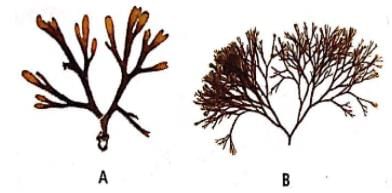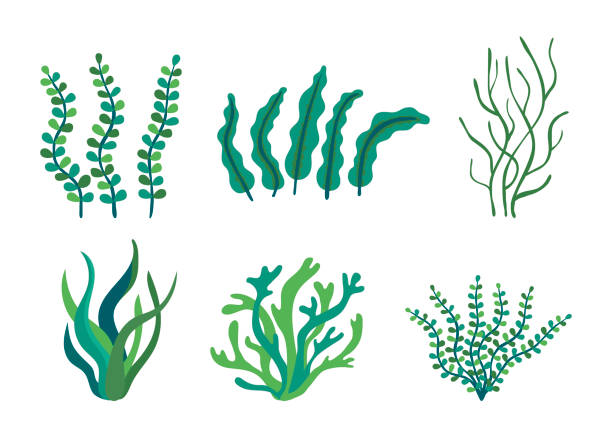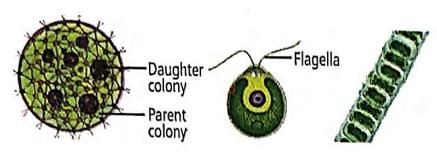Test: Algae (NCERT) - NEET MCQ
20 Questions MCQ Test - Test: Algae (NCERT)
Read the given statements about algae and select the correct option.
(i) Plant body is thalloid.
(ii) largely aquatic.
(iii) Reproduction by vegetative, asexual and sexual methods.
(iv) Chlamydomonas, Volvox and Ulothrix are the multicellular algae.
(i) Plant body is thalloid.
(ii) largely aquatic.
(iii) Reproduction by vegetative, asexual and sexual methods.
(iv) Chlamydomonas, Volvox and Ulothrix are the multicellular algae.
Green algae usually have a rigid cell wall made of an inner layer of _______ and an outer layer of ________
In most green algae, pyrenoids represent the storage bodies located in _________ .
Fusion of two gametes which are dissimilar in size is termed as
Identify the given figures of algae and select the correct option.

A (a) Fucus (b) Polysiphonia
B (a) Dictyota (b) Polysiphonia
C (a) Dictyota (b) Porphyra
D (a) Porphyra (b) Polysiphonia
Read the given statements and select the correct option.
Statement 1 : Volvox forms spherical colony.
Statement 2 : Volvox colony is made up of non - motile cells.
Which compounds are commercially extracted from certain red and brown algae?
The members of Phaeophyceae or brown agae are found primarily in/on























